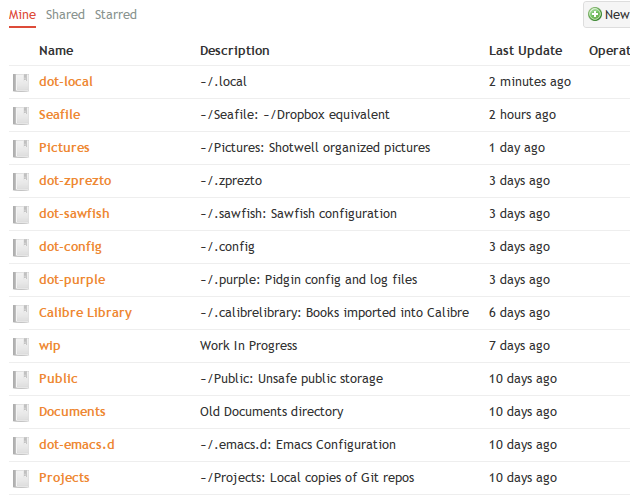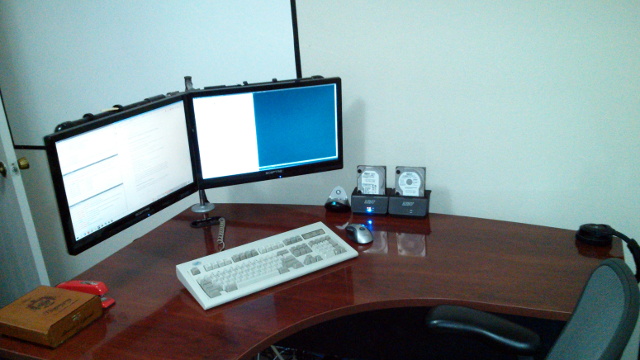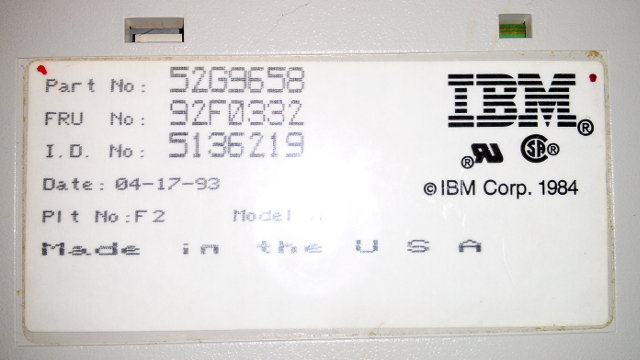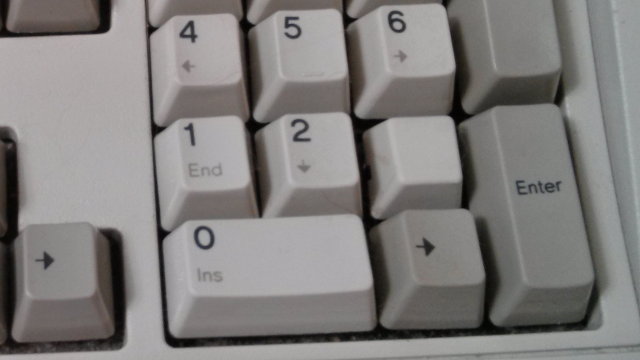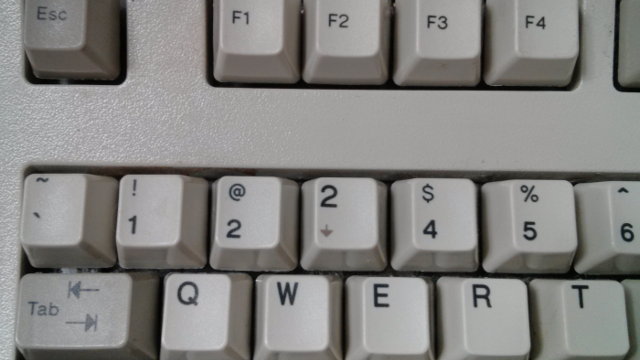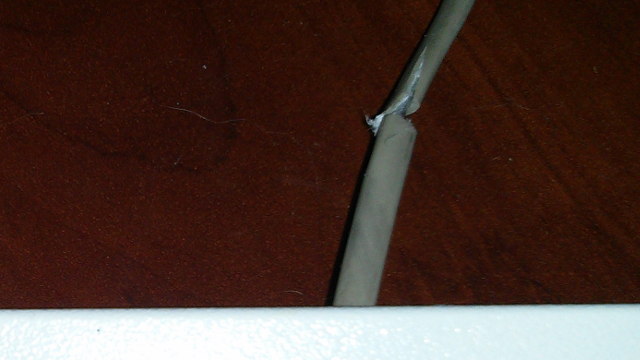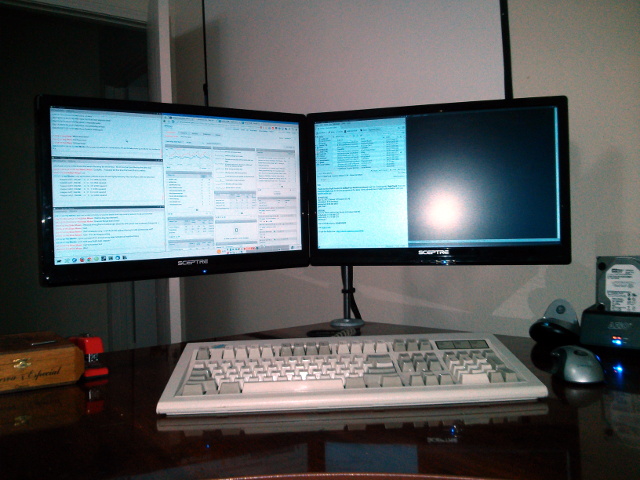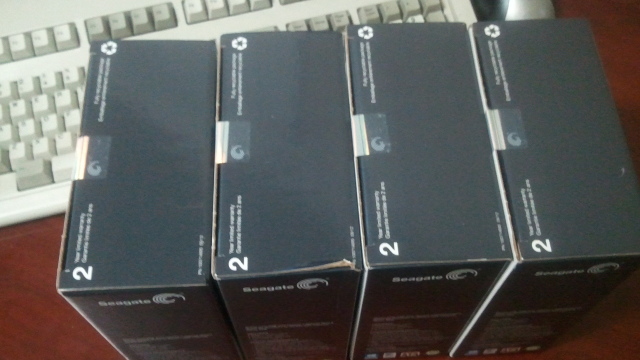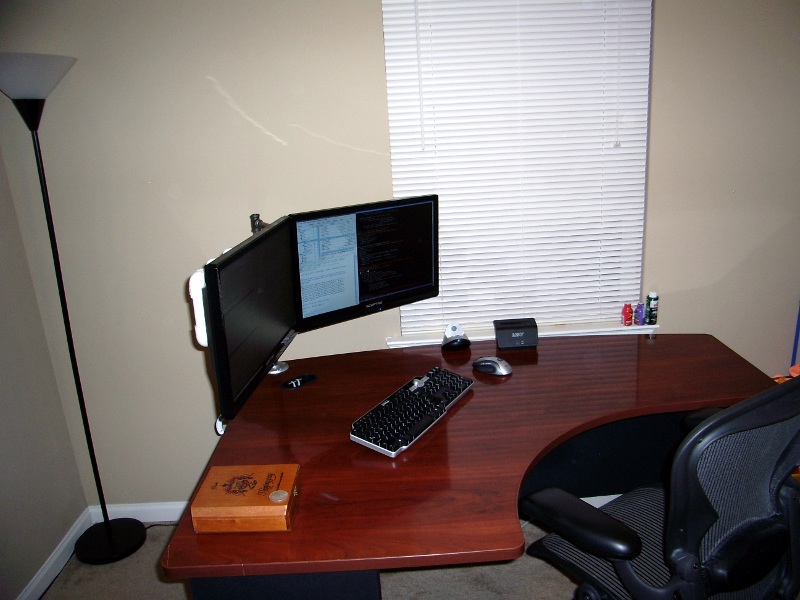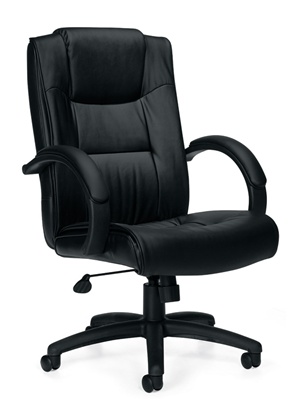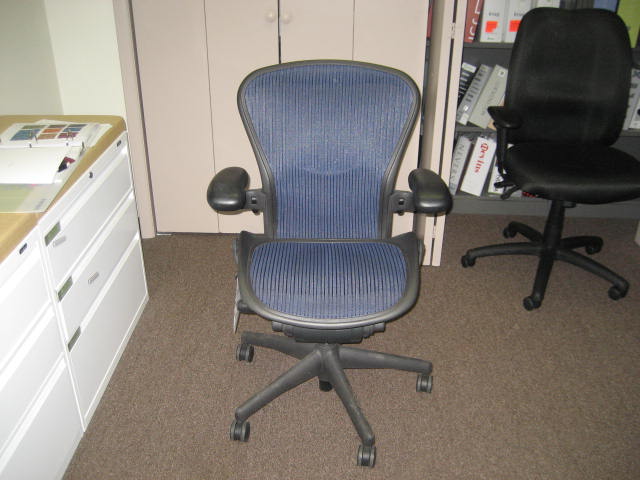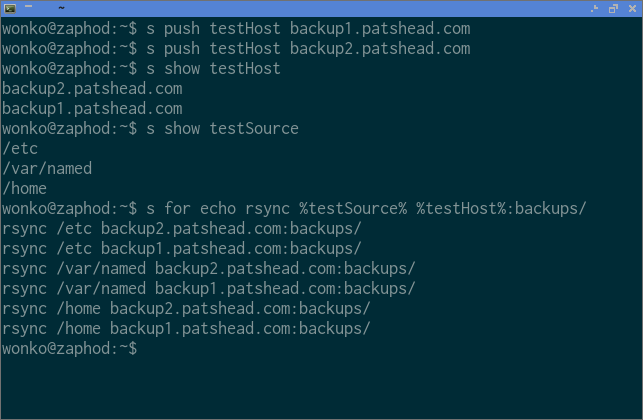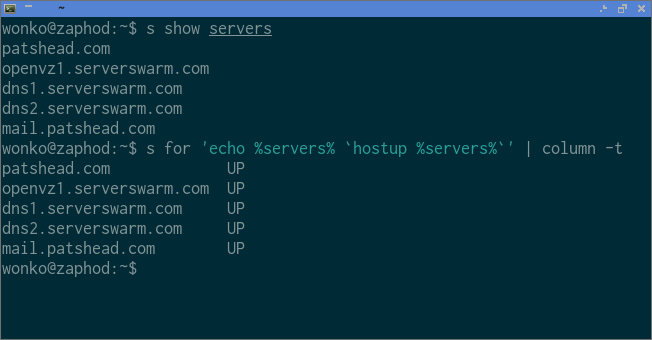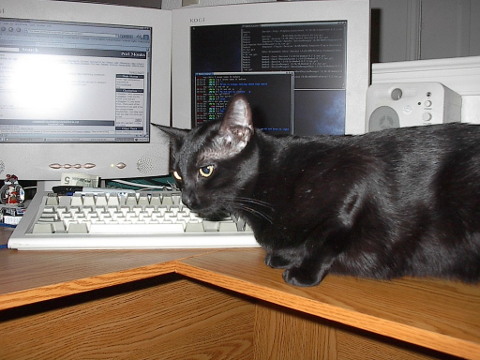Update: Everything arrived. I was a little worried about the push buttons. The USPS had them marked as delivered on Friday, but they weren’t in the mailbox until Monday. Other than that, everything arrived without incident. I just wish I ordered the resistors earlier. They arrived with the last group of items, and everything else was useless without them!
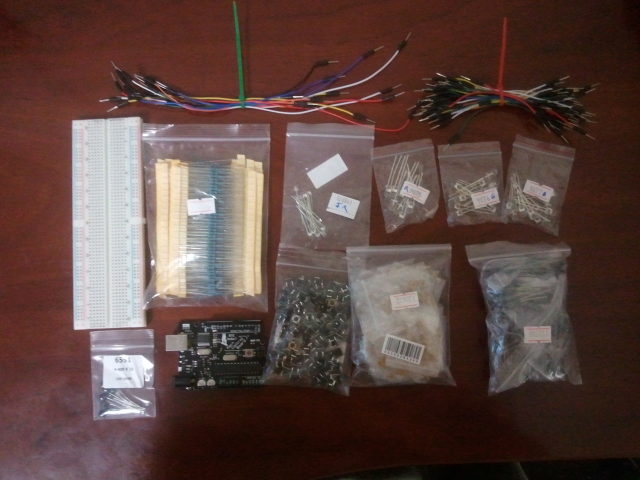
I finally took the plunge and bought an Arduino development board. I ended up ordering a knock off Arduino Uno board through eBay for $12.99 shipped. The board arrived a few days ago, and I don’t have anything useful to hook up to it yet.
I ordered an assortment of various electronics components, most of which are shipping out of Asia. This was significantly less expensive than buying locally or buying something like the Arduino Starter Kit. I just have to be patient, and I have to hope everything successfully makes the journey across the pacific.
My list of components so far
From various eBay sellers:
- Arduino Uno clone – $12.99
- Breadboard + 65 Jumpers – $6.18
- 100 micro push button switches – $4.43
- 10 10k OHM NTC Thermistors – $2.50
From dx.com:
- 10 5mm Red LEDs – $1.16
- 10 5mm Green LEDs – $1.35
- 10 5mm Blue LEDs – $1.25
- 10 3mm IR LEDs – $1.40
- Variety pack of 400 1/4W resistors – $5.00
- Variety pack of 120 electrolytic capacitors – $4.80
- Variety pack of 210 ceramic capacitors – $5.70
Total cost: $46.76
I didn’t buy everything that is in the Arduino Starter Kit, but I think I made some pretty good selections. I don’t need any of the motors or the LCD display for any projects that I have in mind, and I have some random DC motors, potentiometers, and laser pointer parts in my junk box.
Some project ideas
When you have a hammer, everything looks like a nail. Every problem I see lately looks like something that can be fixed with an Arduino. I don’t expect to build all of these things, but here is a list of some of the things I’ve come up with so far:
- IR blaster, so the arcade cabinet can control the TV
- Web-controlled IR blaster for the living room—a Logitech Harmony on steroids?
- Automatic, light sensing, motorized window blinds
- Kill-a-watt data logging
- Bias lighting behind my monitors
I also have a few potential uses for an Arduino in my keyboard:
- RGB LEDs for notifications
- an analog volume control knob
- a low-level “panic” button (sometimes games turn off my external monitors on me)
I may have chosen the wrong Arduino
I’m pretty sure that it would have been better to go with an Arduino Nano. The Nano plugs directly into a breadboard, and it looks like it would be quite a bit more convenient for prototyping. I will stick with what I have for now, but I won’t be surprised if I add an Arduino Nano to my toolbox in the near future.
My first attempt at programming the Arduino
An Arduino is rather boring all by itself. It was sitting on my desk for quite a few hours before I learned that the board has an integrated LED connected to pin 13. Shortly after I figured that out, I had it programmed to blink out an S.O.S. on that LED:
